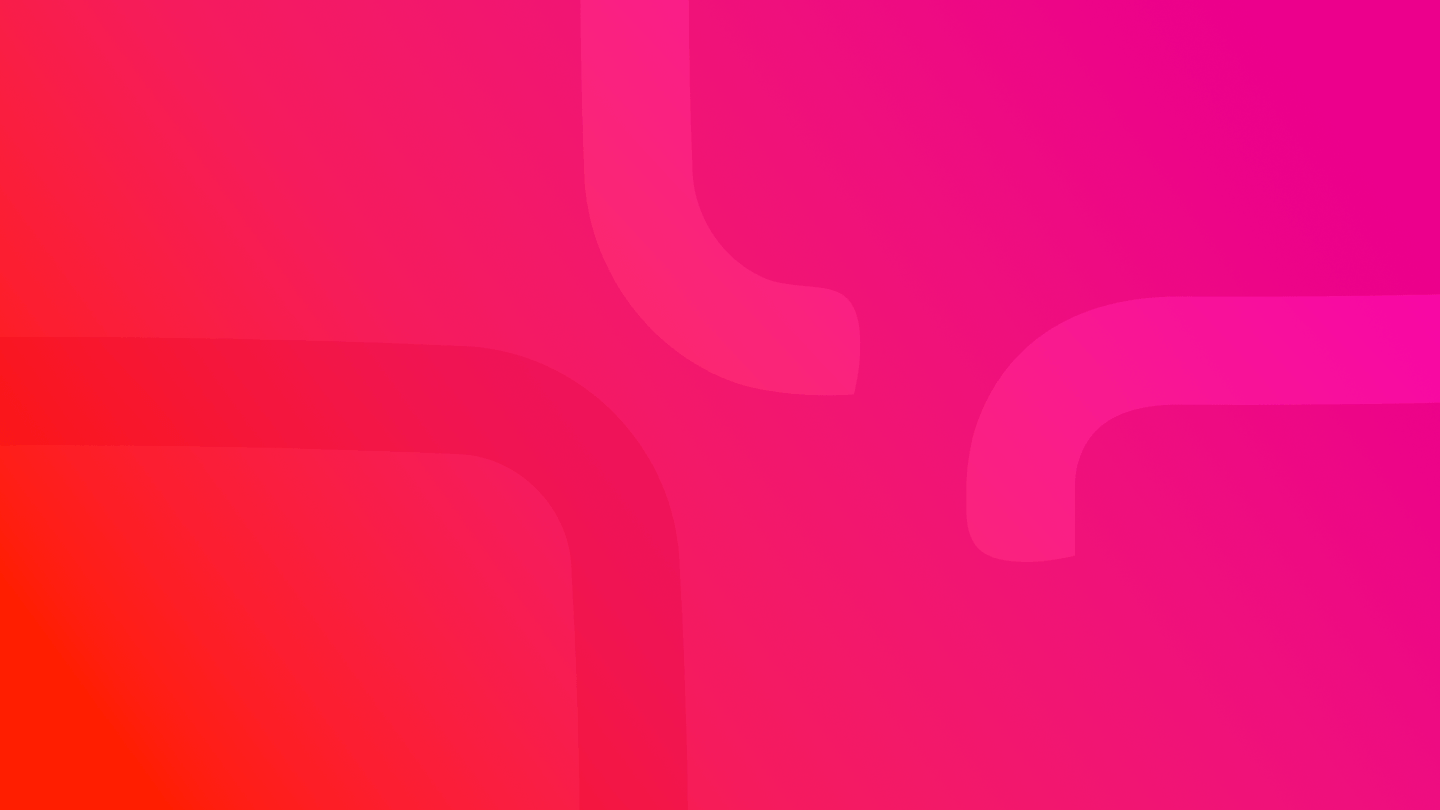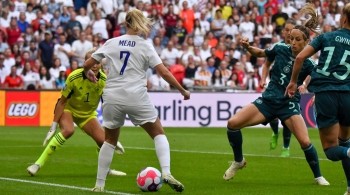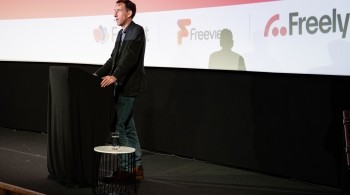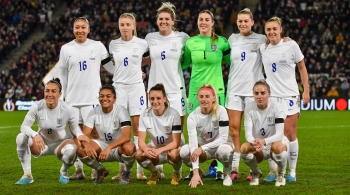It’s a funny thing, choice. We say we want more of it. More variety, more options, more possibilities. But is choice actually what we want? Or, as someone clever once said, we don’t want choice, we just want exactly what we want.
Last week I was watching my 8 year old daughter idly flicking through YouTube on her tablet. Whilst it felt overwhelming to me, she had obviously found a way to navigate to things that she wanted to watch on a channel called Bright Side. She’d narrowed down her choice based on a few parameters (was it about science, did it have an attractive picture). And it got me thinking more broadly about how we make choices in general and how these might apply to TV, leaning on my past studies of behavioural science. Strap yourselves in. Here goes.
The science bit
A Decision Scientist will tell you that most choices we make are subconscious, guided by how we feel and less by what we know. Our brains have evolved over millennia to develop mental shortcuts called ‘heuristics’. These allow us to make fast, automatic choices without having to think. Us humans simply don’t have the time or mental capacity to ponder deeply about every choice we make. So heuristics help us narrow down alternatives, especially when we have many options like choosing what’s for lunch, which t-shirt to buy, or what to watch on TV tonight.
Heuristics are great to help us make quick choices based on a few bits of information. But they also lead to us making ‘mistakes’ in our choices, due to brain patterns called ‘cognitive biases’. Our choices are influenced by all sorts of things that we directly experience like our family, friends and the media we consume. And also things that happened to our distant ancestors living in the African Savannahs that have wired our brains to be biased in certain ways. We are rarely, if ever, aware of how these biases skew our choices. Perhaps the most famous example is loss aversion (or risk aversion) - a theory that won someone the Nobel prize for economics. In essence, this bias makes us fear losing things about twice as much as we like gains. And this subconsciously influences our choices causing us to behave in ways that reduce perceived losses or risks.

The practical bit
Right, science lesson over. What does this all mean for people making choices in the world of TV services? I’ve only got 1,000 words, so I’ll just touch on a couple of things.
First off, there are two main types of choices that Freeview are trying to affect; choosing the Freeview service; and choosing what to watch. When it comes to choosing a TV service, there are an enormous number of factors to ponder like the number of channels / catch up services, specific bits of content, functionality, broadband speeds (if you want a bundle), devices, up-front costs, monthly payments. And on and on. One way Freeview can help consumers navigate this is by presenting itself as ‘the free one’. That’s Freeview’s most well-established heuristic and is easy for consumers to understand. But as consumers increasingly judge value differently, Freeview needs to be more than just free. Freeview needs to show that, with Freeview Play, consumers can get the functionality they need and the flexibility to top up with extra content from the likes of Now TV or Amazon Prime when they want. One of the strange quirks about marketing Freeview’s offer is that it more than meets most viewers’ needs and it’s free. But for some, ‘free’ elicits an unconscious bias – for them ‘free’ must mean ‘inferior’, so they won’t even consider it.

For those making a choice of what to watch, the decisions don’t get any easier. We’re told that we’re living in the Golden Age of TV. And yet, according to research we will spend up to 1.3 years of our lives choosing what to watch. We know there’s loads of great stuff and yet we’re increasingly anxious about missing out and can spend more and more time choosing and less time actually watching. It’s the very definition of the paradox of choice. We don’t want choice, we just want exactly what we want.
Because it is often difficult to choose what to watch, we increasingly rely on services that are simple, consistent environments like Youtube and Netflix. Walled gardens where viewers go to browse and often chose based on ease and presence rather than optimal content choices. Whilst they are very different offers, both of these services have leveraged various cognitive biases that drive viewer behaviour. They are ever-present and highly salient reflecting the availability bias (our inclination to do things that are easily available to our minds). They are brilliant at driving habitual behaviours that leverage the status quo bias (our desire to stick to consistent things we know rather than learn new behaviours) and the endowment effect (our inclination to place a higher value on things we already have). We go to these services because we think ‘there’s probably something OK I want to watch and it’s dead easy to use’. When using these services, we can end up binging on shows, not because we’re really enjoying the content, but because it’s cognitively easy to do. Binging can actually be an anti-choice.

It’s quite a challenge to understand how consumers choose. And for this challenge, we can learn from the Government. Specifically the Behavioural Insights Team, whose EAST framework is a great way to address the heuristics and biases that affect all of our choices. How can Freeview be Easy, Attractive, Social and Timely? Easy – to address the paradox of choice and make choosing simpler. Attractive – to highlight the myriad of high quality content on Freeview Play (now with over 20,000 hours of on demand) . Social – to address people’s FOMO and encourage consumers to make the same choices as their peers. Timely – to be salient and present when consumers are making choices about their TV service and what to watch. Basically we are striving to make Freeview Play simple to choose and simple to use. And this will guide the service as it evolves, for example through simple tools to help consumers choose the right TV and ways to aggregate content into one place, something like this:

Paraguay!
To wrap up here’s some obligatory, and completely true, marketing puffery on TV service choices. More people use Freeview than any other TV service in the UK – in fact it’s been chosen by over 18 million homes. Freeview Play is the fastest growing TV service, actively used in over 2.5 million homes. And my favourite stat of all. Since Freeview launched in 2002, more than £30 Billion worth of Freeview branded devices have been sold. If Freeview was a country and that was its GDP, it would be richer than Paraguay.



